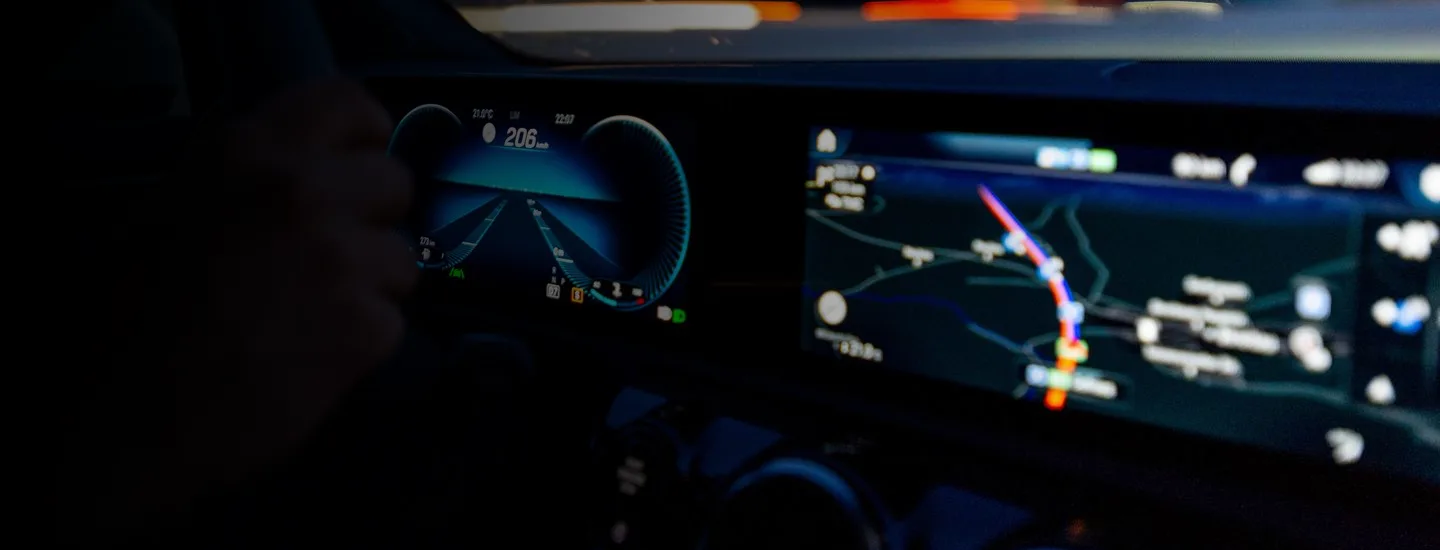Much of the hype related to autonomous cars has faded as some robotaxi businesses retrench and more industry attention is paid to electrification. However, our 2023 advanced driver-assistance systems (ADAS) consumer survey underscores the critical importance of relentless innovation in automated safety technology, and again, it shows Chinese consumers to be leading other major markets in their thirst for high technology.
In AlixPartners’ recent survey of nearly 3,250 consumers on three continents (in the U.S., Germany, and China), we found that customers trust and want more ADAS technology in their vehicles—even if they have had a negative experience in the past. Our survey results suggest that companies across the value chain should in particular not doubt investments in driver-assistance safety components, and overall, we expect automaker revenue for all ADAS systems to reach $190 billion globally by 2030. To fully benefit, automakers should offer various ways for consumers to pay for the technology, not just as an option or via a subscription.

Safety is valued
Automakers equip vehicles with ADAS systems progressing from the SAE’s Level 1 to 5 ratings. Our survey results suggest those customers with experience with ADAS features view the more basic offerings (Levels 1-2) as “standard equipment,” but show a willingness to pay incrementally for safety-related features.

What is driving that sentiment? In a word: trust.

Our survey looked at comfort levels across a broad swath of features, ranging from adaptive cruise control to lane-departure warning to hands-free driving. Those with prior ADAS experience (negative or positive) are as much as 52% more likely to say these features are important in their next vehicle.
While it will likely be several years before autonomous vehicles are truly available to consumers, our survey suggests the buying public is willing to pay for sophisticated semi-autonomous technology in the meantime.
Avoiding sticker shock
These results follow a pattern we’ve seen in our work studying and talking to consumers this year. Today’s buyer is increasingly demanding what we long ago coined as “CASE” (connected, autonomous, shared, electric) technologies. Click here for more on this specific trend.
Many of these desired features should be offered to consumers through multiple means, such as option pricing, over-the-air (OTA) one-time activations, subscription plans, and pay-by-use, rather than via only one of these ways. Our survey results back this view, with buyers indicating that they are willing to pay for ADAS tech on a subscription or pay-per-use basis. If properly managed, a compelling ADAS offering, paired with other new-tech features, could unlock considerable recurring revenue streams.

_________________________________________________________________________________________
For more information, or an in-depth discussion on better leveraging CASE trends, please contact:
Mark Wakefield, Arun Kumar, Stephen Dyer, and/or Fabian Piontek
